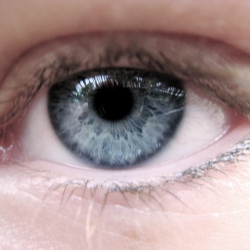
An experimental treatment for blindness, developed from a patient’s skin cells, improved the vision of blind mice in a study conducted by Columbia ophthalmologists and stem cell researchers.
The findings suggest that induced pluripotent stem (iPS) cells — which are derived from adult human skin cells but have embryonic properties — could soon be used to restore vision in people with macular degeneration and other diseases that affect the eye’s retina.
“With eye diseases, I think we’re getting close to a scenario where a patient’s own skin cells are used to replace retina cells destroyed by disease or degeneration,” says the study’s principal investigator, Stephen Tsang, MD, PhD, associate professor of ophthalmology and pathology & cell biology.
“It’s often said that iPS transplantation will be important in the practice of medicine in some distant future, but our paper suggests the future is almost here.”
The advent of human iPS cells in 2007 was greeted with excitement from scientists who hailed the development as a way to avoid the ethical complications of embryonic stem cells and create patient-specific stem cells. Like embryonic stem cells, iPS cells can develop into any type of cell. Thousands of different iPS cell lines from patients and healthy donors have been created in the last few years, but they are almost always used in research or drug screening.
